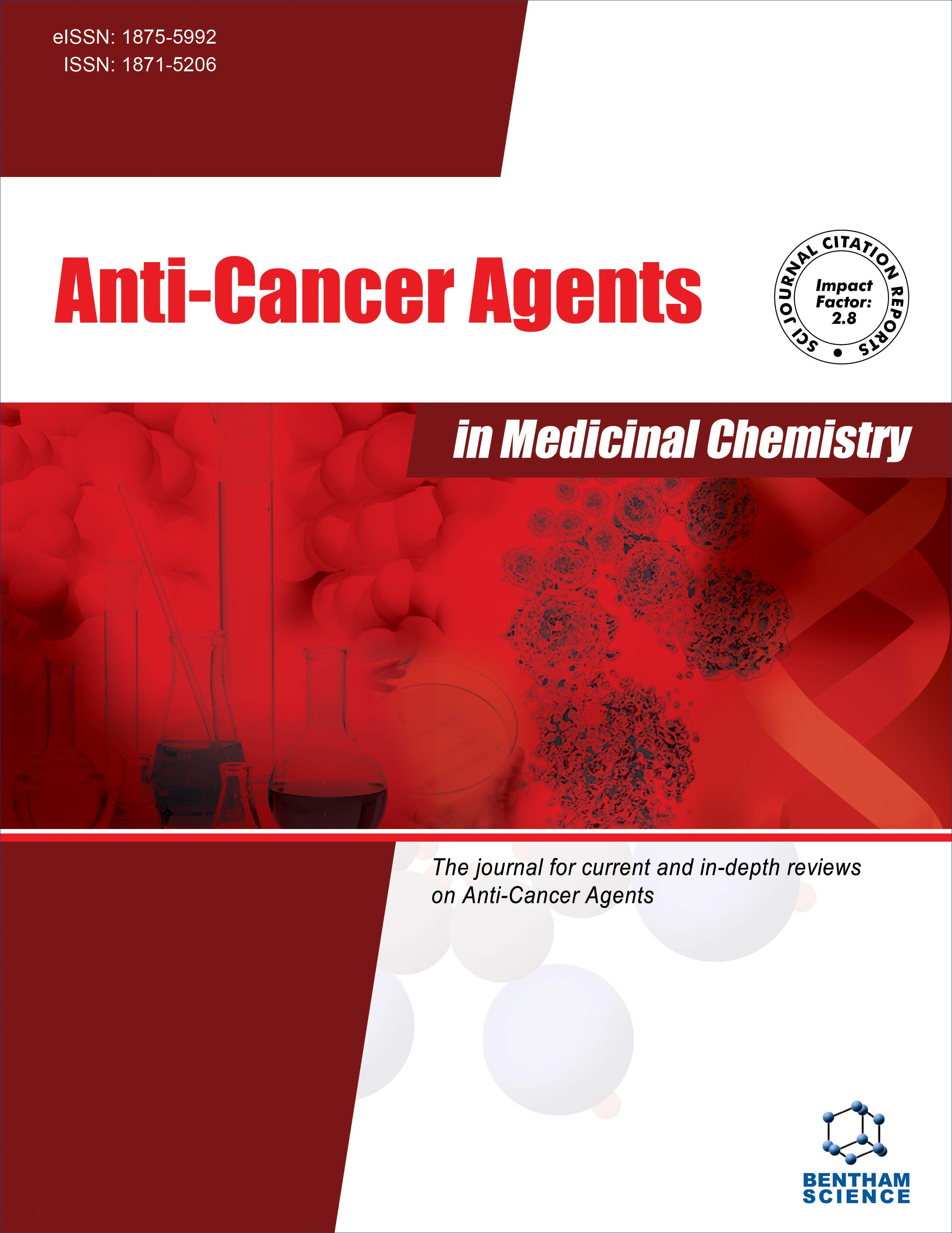
Full text loading...
Breast cancer (BC) remains a predominant cause of mortality among women, with early diagnosis and ongoing monitoring being crucial for effective management. Integrating nuclear medicine with radiological modalities offers non-invasive anatomical and functional information, enabling precise target localization and quantification. This approach guided the selection of the most appropriate personalized treatment and predicted its efficacy, reducing the use of unnecessary drugs and lowering patient management costs. Since 2020, significant breakthroughs have been made in the development of radiopharmaceuticals, which are different in importantly targeting agents and radionuclides, with a focus on their efficacy in preclinical studies. This review accentuates the central role of radiopharmaceuticals in recent advancements for both imaging and therapeutic applications in BC. We discussed various receptor-targeted radiopharmaceutical therapy (RPT) agents currently utilized in clinical and preclinical settings with their chemical structures, along with the challenges faced in their implementation, including angiotensin II type 1 receptor (AT1 receptor), integrins αvβ3, chemokine receptor (CXCR4), and trophoblast cell-surface antigen-2 (TROP2), cyclin-dependent kinases 4 and 6 (CDK4/6) inhibitor, and epithelial cell adhesion molecule (EpCAM)-targeted, epidermal growth factor receptor (EGFR), vascular endothelial growth factor receptor (VEGFR), fibroblast activation protein inhibitor (FAPI), and mucin 1 (MUC1). While numerous promising RPT agents were still in preclinical stages, this review underscored the potential of tailored radiopharmaceuticals to enhance BC diagnosis and treatment, providing novel avenues for personalized medicine.

Article metrics loading...

Full text loading...
References


Data & Media loading...

